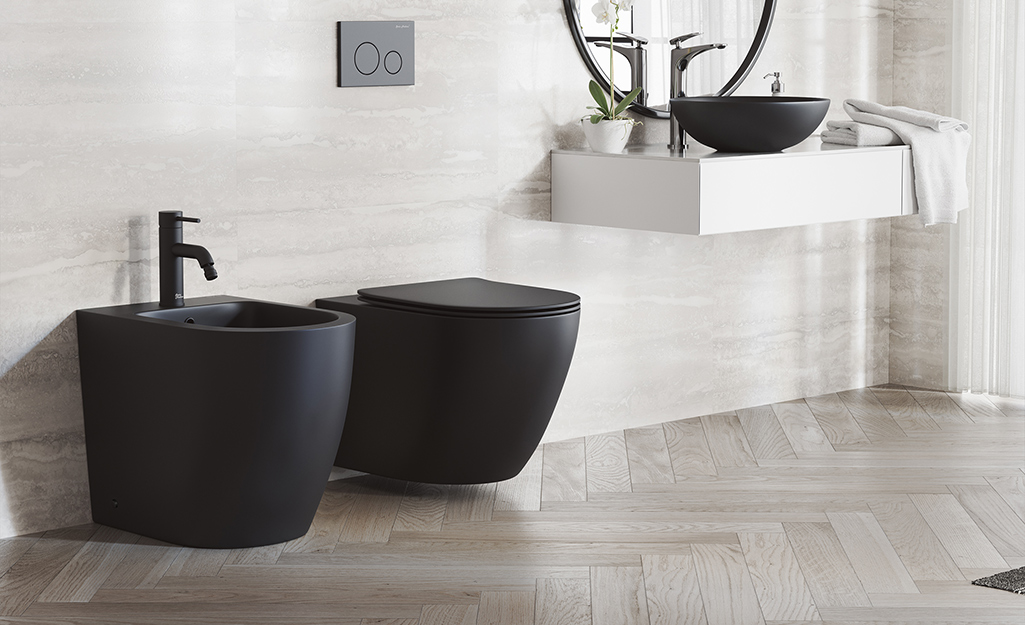
Can Water-Saving Toilets Help Drought-Prone Areas?
Share
In today's world, drought-prone areas face increasingly severe water shortages. With climate change exacerbating these conditions, it's crucial to explore innovative solutions that conserve water. One such solution is the use of water-saving toilets. But can these toilets truly make a difference in regions plagued by drought? This question is not just theoretical but vital for the survival of communities worldwide.

The Importance of Water Conservation
Water is a finite resource, and as populations grow, the demand on water supplies increases. According to the United Nations, by 2025, nearly 1.8 billion people will experience absolute water scarcity. In this context, every drop counts, and technologies that reduce water usage are more important than ever.
Water-saving toilets, often referred to as low-flow toilets, are designed to use significantly less water per flush compared to traditional models. The average toilet uses about 1.6 gallons per flush, whereas older models can use up to 6 gallons. Given that toilets account for nearly 30% of household water usage, the potential impact of switching to water-saving models is substantial.
How Do Water-Saving Toilets Work?
Water-saving toilets incorporate various technologies to reduce water usage. These include:
- Dual-flush systems: These toilets offer two flushing options: a full flush for solid waste and a reduced flush for liquid waste, using as little as 0.8 gallons per flush.
- Pressure-assisted systems: These use pressurized air to enhance the flush, reducing the water needed while maintaining performance.
- Gravity-fed systems: Improved design in these systems allows for efficient flushing with less water.
By adopting these technologies, water-saving toilets can significantly reduce household water consumption.
Benefits for Drought-Prone Areas
Implementing water-saving toilets in drought-prone areas can lead to significant water conservation. For instance, a single home converting to low-flow toilets can save thousands of gallons of water annually. Multiply this by an entire community, and the savings become monumental. Additionally, the reduction in water usage can alleviate pressure on local water supplies, making more water available for essential uses.
Furthermore, the installation of water-saving toilets can be incentivized by government programs and rebates, such as those discussed in water-saving toilet rebates. These incentives can make it more affordable for homeowners to make the switch, thus promoting widespread adoption.
Challenges and Considerations
Despite the clear benefits, there are challenges associated with the adoption of water-saving toilets. Initial costs, despite rebates, can be a barrier for some homeowners. Additionally, the effectiveness of these toilets can vary depending on the existing plumbing infrastructure.
It's also important to consider the maintenance of these systems. As highlighted in troubleshooting low-flow toilets, proper maintenance ensures optimal performance, preventing issues that could deter users from adopting the technology.
Real-World Impact and Future Prospects
In areas where water is scarce, every gallon saved contributes to sustainability. Communities that have embraced water-saving technologies report not only reduced water bills but also a sense of contributing to environmental stewardship. As technology advances, the efficacy of these toilets will only improve, making them an increasingly attractive option for tech enthusiasts and professionals interested in sustainable solutions.
For more insights into water conservation technologies, check out the benefits of water-efficient toilets. As we look to the future, the integration of smart technology with water-saving toilets holds promise. Imagine toilets that can monitor water usage in real-time and adjust flush volumes based on usage patterns.
Conclusion
So, can water-saving toilets help drought-prone areas? The answer is a resounding yes. With the potential to save significant amounts of water, reduce household water bills, and alleviate pressure on limited water supplies, these toilets represent a practical solution to a pressing environmental issue. As we continue to innovate and improve these technologies, the impact will only grow. For those living in drought-prone areas, switching to water-saving toilets is not just an option; it's a necessity.

FAQs
What are the main benefits of water-saving toilets?
Water-saving toilets significantly reduce water usage, which can lower water bills and help conserve vital resources in drought-prone areas.
Are there any downsides to using water-saving toilets?
The primary downsides include the initial cost and the requirement for proper maintenance, but these are often outweighed by the long-term savings and environmental benefits.
How can I install a water-saving toilet?
Installation guides and professional services are available to help. For a step-by-step guide, check out how to install a water-saving toilet.
This article contains affiliate links. We may earn a commission at no extra cost to you.
